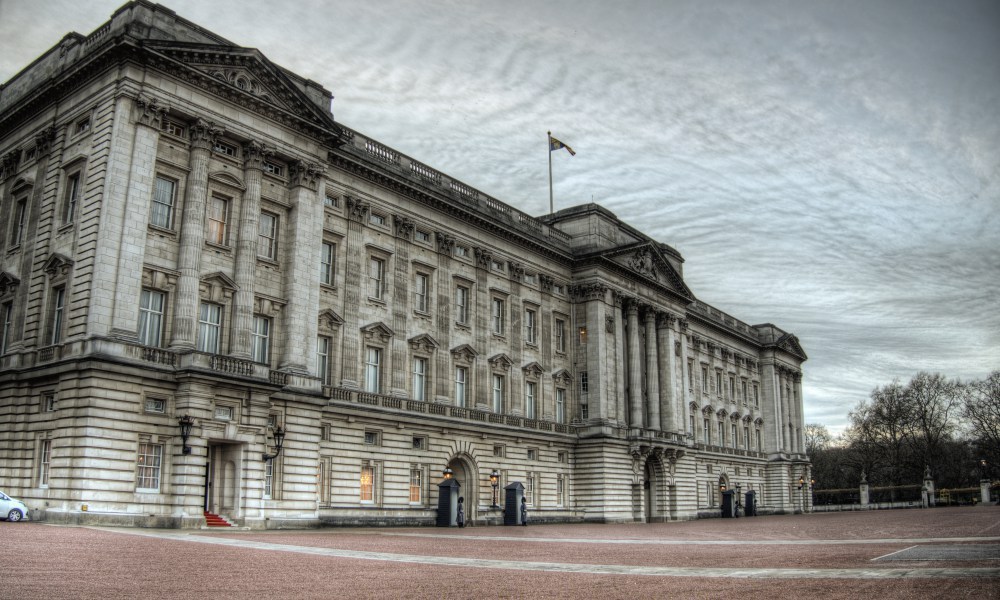
It is perhaps one of the biggest royal security breaches of the 20th century, the day that Michael Fagan broke into Buckingham Palace and made his way to The Queen’s bedroom.
Fagan would make his first intrusion into the palace in early June 1982. He claims he shimmied up a drainpipe and startled a housemaid who called security. Before guards arrived, Fagan disappeared and security didn’t believe the housemaid’s reports. Fagan claims he then entered the palace through an unlocked window on the roof and wandered around for about a half-hour. Two alarms were tripped but the police turned them off as they believed they were faulty. During that time, Fagan said he viewed royal portraits and sat on the throne before entering the postroom and drinking half a bottle of white wine. Eventually, he got tired and snuck back out.
Fagan would make his second entry into the palace at around 7 a.m. on 9 July 1982. He scaled the palace’s 14-foot-high (4.3m) perimeter wall that was topped with revolving spikes and barbed wire. He then climbed up a drainpipe as he did on his earlier break in. An alarm sensor detected movements within the palace but once again, police thought the alarm was faulty and silenced it.
Wandering the palace halls for several minutes, Fagan would eventually find himself in the area of the royal apartments. Finding himself in an anteroom, Fagan broke a glass ashtray and cut his hand. He was still carrying the fragment of glass when he entered Her Majesty’s bedroom at about 7.15. There are two different reports as to what happened once he was inside her bedroom. One report claims The Queen woke up when he disturbed a curtain and that Fagan had sat on the edge of her bed.
In a 2012 interview, Fagan claims The Queen left the room immediately to seek security. She had phoned the palace switchboard twice for police but no one had arrived. The duty footman, Paul Whybrew, had been walking The Queen’s dogs when he appeared accompanied by two policemen who removed Fagan. The incident is said to have occurred as the armed police officer outside the royal bedroom came off duty, and before his replacement arrived. A police report following the incident became critical of the competence of the officers on duty, as well as a system of confused and divided command.
At the time, Fagan’s actions were considered a civil wrong rather than a criminal offence. He was not charged with trespassing into The Queen’s bedroom but he was charged with theft because of the wine he had drunk. Those charges were later dropped when he was committed for a psychiatric evaluation. Later that month, Fagan’s mother said: “He thinks so much of the Queen. I can imagine him just wanting to simply talk and say hello and discuss his problems.”
Fagan spent the next three months in a psychiatric hospital before he was released in January 1983. It was not until 2007 that Buckingham Palace became a “designated site” for the purposes of section 128 of the Serious Organised Crime and Police Act 2005. That means that anything similar in the future would be seen as a criminal offence.
Two years after entering the palace, Fagan attacked a policeman at a café in Wales and was given a three-month suspended sentence. He would face more legal trouble in 1997 when he was imprisoned for four years after he, his wife, and their 20-year-old son were charged with conspiring to supply heroin.
The intrusion was the focus of a 2012 episode of Sky Arts’ Playhouse Presents series “Walking the Dogs”, featuring Dame Emma Thompson as The Queen and Eddie Marsan as the intruder. In 2020, the popular Netflix series “The Crown” dedicated an episode in season four to the incident where Tom Brooke took on the role of Fagan.

